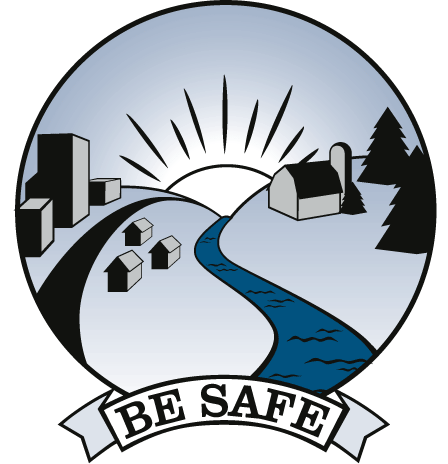![]()
![]()
Clean
Production

The aim of Clean Production is to reduce harmful impacts to people and the environment throughout the entire life cycle of a product by eliminating toxic substances in products and toxic wastes, and promoting the use of renewable material and energy sources. Clean Production puts the spotlight on how products can be designed and manufactured to identify more ecologically sound alternatives to reach the same goals. Clean Production applies to the whole production process—from extraction of raw materials to product manufacture and what happens to the product when it is disposed of or no longer used.
What is the Problem? Americans buy more mass-produced and packaged goods than ever before and generate themost waste per capita anywhere in the world. Our natural resources are being depleted, poisoned and wasted at an unsustainable rate. Our transportation and energy systems generate greenhouse gases and harmful emissions. Of equal concern is the widespread use of untested and unregulated chemicals to produce household items, food, clothing, and shelter. As modern day Americans, we all participate indirectly in fueling unhealthy production practices as consumers, workers and taxpayers.
Why Clean Production? The life cycle of a product consists of a number of steps, and each step uses energy and materials and generates waste and emissions. Most products on the global market use toxic and resource-intensive materials in their production and as a result generate billions of pounds of hazardous waste each year. Clean Production requires producers to look at the impacts of all phases of their manufacturing to see how they can improve products and processes to be more compatible with our natural ecosystem. Clean Production also supports local and regional production systems and building international solidarity for safe and sustainable materials to increase global corporate accountability.
How Do We Get There? Producers must take responsibility for their products throughout their entire life cycle and the public, workers and communities must have access to information about how “green” a product is and any potentially harmful impacts. Informed consumers and workers are a prerequisite to obtaining clean production systems. Product life cycle assessments, product labeling, environmental product profiles, and MIPS (material intensity per service unit) ratings on all products, provide people with information. Producers can also use these tools to improve their product design. Consumers and governments must put their spending power into “green” procurement, and taxpayers must demand ecological tax reform so public money goes to safer materials.
BE
SAFE: Support Clean Production to Promote
a Clean Environment and Workplace